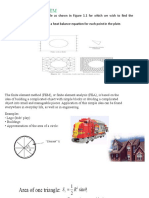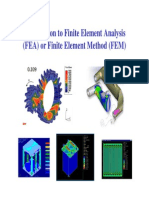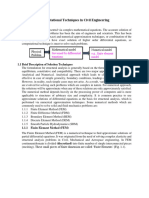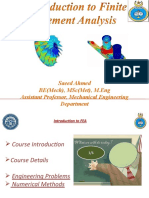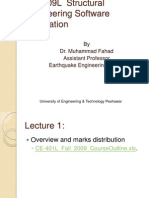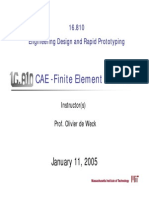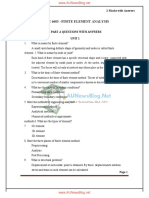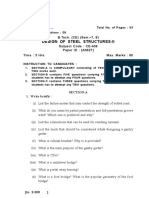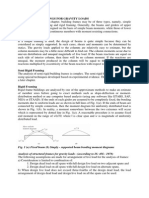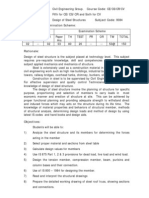0% found this document useful (0 votes)
5 views11 pagesFEA Assignment
The document provides a comprehensive overview of the Finite Element Method (FEM) and its application in Finite Element Analysis (FEA) within engineering. It covers definitions, importance, advantages, disadvantages, types of elements, and basic steps involved in FEA, as well as specific methods for applying boundary conditions. Additionally, it discusses the global stiffness matrix and the concept of mesh refinement to enhance analysis accuracy.
Uploaded by
ANSH RANKACopyright
© © All Rights Reserved
We take content rights seriously. If you suspect this is your content, claim it here.
Available Formats
Download as PDF, TXT or read online on Scribd
0% found this document useful (0 votes)
5 views11 pagesFEA Assignment
The document provides a comprehensive overview of the Finite Element Method (FEM) and its application in Finite Element Analysis (FEA) within engineering. It covers definitions, importance, advantages, disadvantages, types of elements, and basic steps involved in FEA, as well as specific methods for applying boundary conditions. Additionally, it discusses the global stiffness matrix and the concept of mesh refinement to enhance analysis accuracy.
Uploaded by
ANSH RANKACopyright
© © All Rights Reserved
We take content rights seriously. If you suspect this is your content, claim it here.
Available Formats
Download as PDF, TXT or read online on Scribd
/ 11


